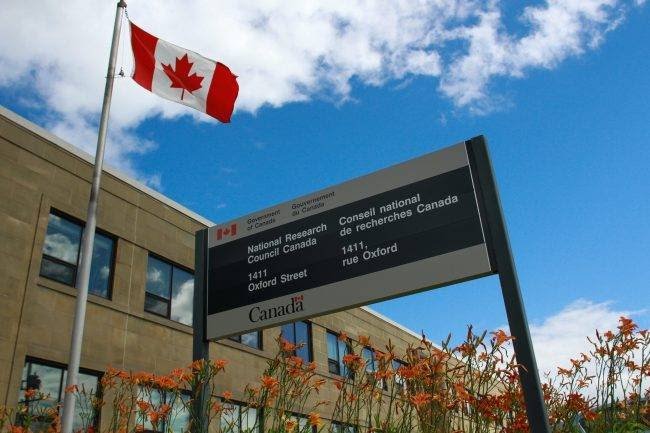Ethereum blockchain to enhance transparency in govt funding

The Canadian government has launched a trial to explore the use of blockchain technology in making government research grant and funding information more transparent to the public.
For the trial, the National Research Council (NRC) is using the Catena Blockchain Suite, a Canadian-made product built on the Ethereum blockchain, to publish funding and grant information in real time.
When the NRC creates or amends a grant, the pertinent information is stored on the Ethereum blockchain, and posted on an online database that Canadians can peruse.
"Blockchains give a definitive in straightforwardness and trust, making this innovation an overcome new world for associations that endeavor to direct straightforward business," the NRC said in a blog entry.
"These are early days yet, yet the analysis is relied upon to give valuable knowledge into the potential for blockchain innovation and how it might be utilized for more open and straightforward capacity of open projects."
What is the Ethereum blockchain?
As the NRC site clarifies, "On the most straightforward level, blockchains are open records that record exchanges shared among numerous clients. When information is entered on a blockchain, it is secure and unalterable, and gives a lasting record."
The abnormal state of security originates from capacity of information in scrambled obstructs that are decentralized, or put away on a system of PCs around the globe. This blend of encryption and decentralization guarantees that information is for all intents and purposes invulnerable.
The most understood appearance of blockchain innovation is Bitcoin, an advanced money that stores all exchanges and sums on a decentralized open record. In any case, while Bitcoin's brilliant ascent has accumulated it much buildup, its utility could not hope to compare to Ethereum.
Whereas Bitcoin is a digital currency, Ethereum is an entire blockchain-based platform whose operations are fueled by the cryptocurrency token Ether. Ethereum’s usefulness stems from its ability to run smart contracts, which are coding operations that make it possible to exchange money or data in a transparent and secure manner.
The Ethereum platform even comes complete with its own programming language, allowing developers to build applications and services that use its blockchain. The Catena Blockchain Suite, built by Ottawa-based company Bitaccess, is one such application.
How is the NRC using the Ethereum blockchain?
Every time the NRC gives a grant to a company or individual, it shares that information with Bitaccess, which stores the data on the secure and tamper-proof Ethereum blockchain. Individual grant information is then posted online.
Canadians can peruse grant information by monetary value, date, recipient and region. They can also verify grant information by clicking on the Transaction ID link, which takes them to the unique transaction listing on the online Ethereum transaction database Etherscan.io.
As of Saturday, Jan. 20, the biggest grant listed on the database was an $11,849,901 contribution to an industry R&D project at Ryerson University.
On one occasion, he shared an article discussing the use of Ethereum by the UN and European Union to monitor refugee populations and funding, while maintaining that the use of the technology by governments doesn’t necessarily run contrary to the aim of decentralization.
"Arguably, its utility to the former protects it against those who wish to challenge it because of the latter.
The internet gets used by governments and bankers every day. But it also allows common people massively democratized access to information."
In November, Buterin tweeted out a poll asking his half a million followers to vote on which institutions they would most like to see adopt blockchain storage.
With 44 per cent of the vote, the “government” option easily won out.
NICE information
Thanks for sharing
esperemos que esta información llegue a mas lectores muy buena! exito!!!